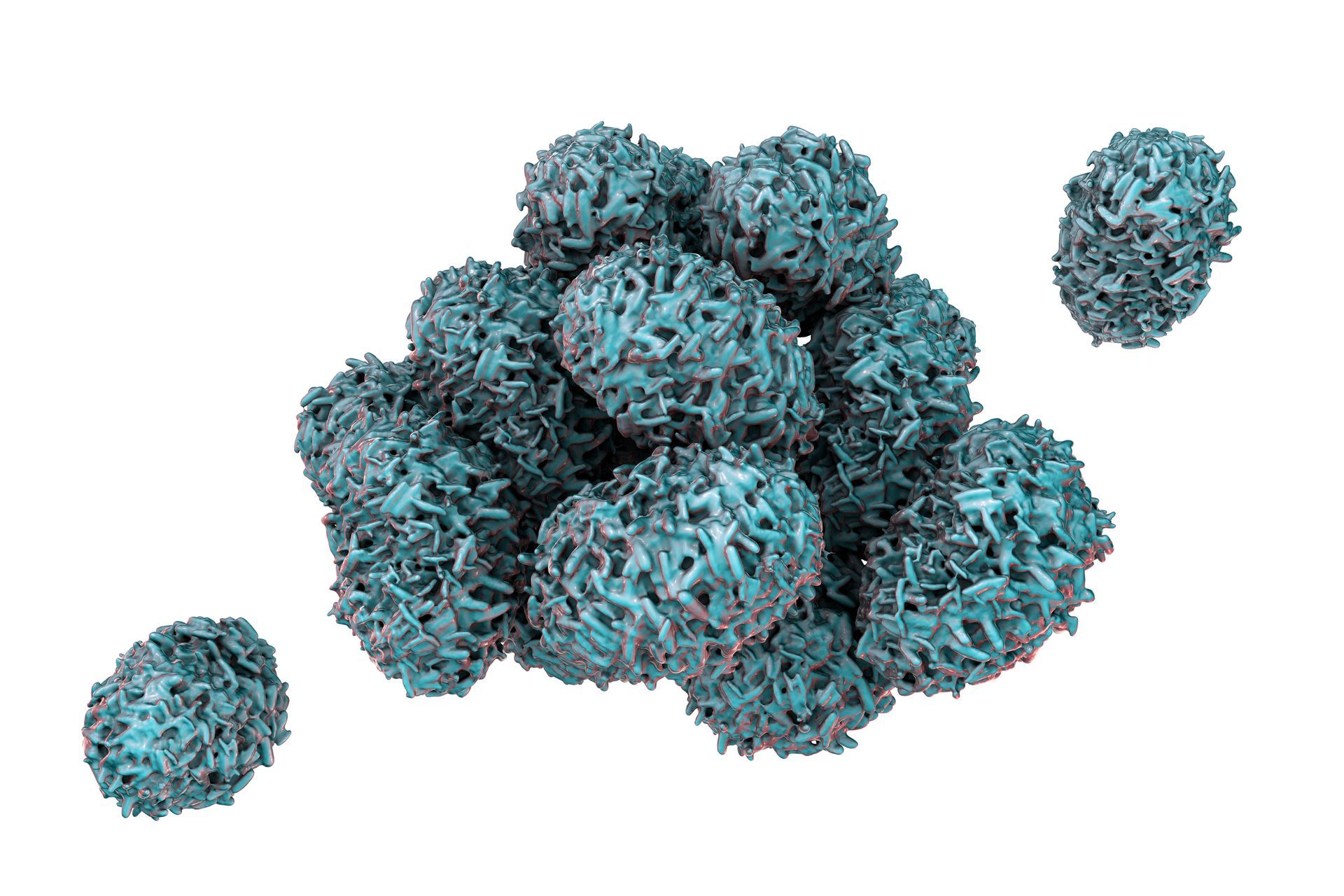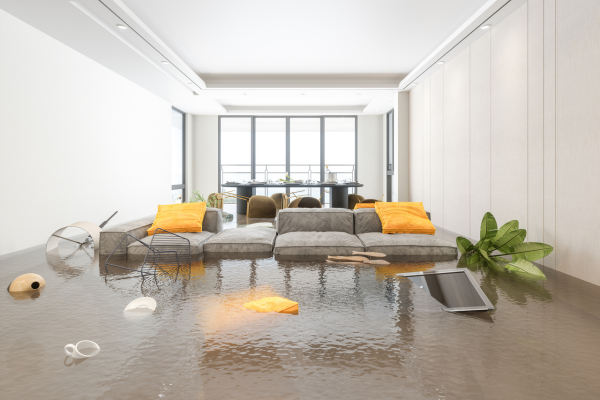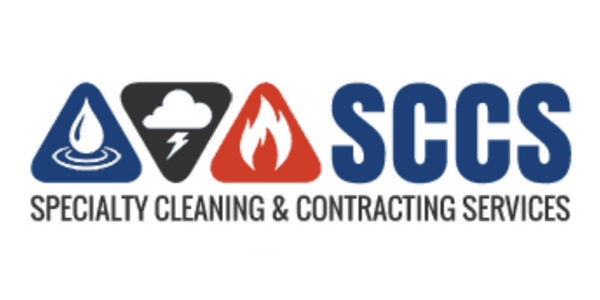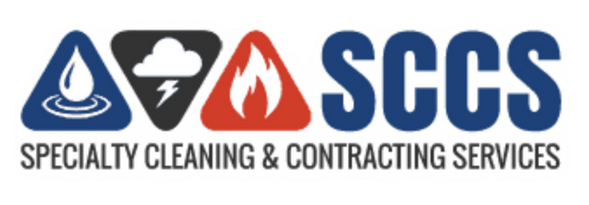Professional vs. DIY Water Damage Solutions
Water damage is a common issue that homeowners face. It can be caused by various factors such as flooding, pipe leaks, or roof damage. Choosing the right solution for water damage remediation is crucial. It can significantly impact the recovery process and the overall damage costs.
This article will compare DIY and professional water damage solutions. We'll delve into the pros and cons of each approach, helping you make an informed decision.
Understanding Water Damage
Water damage refers to the damage that can occur when water infiltrates areas where it should not be. Water can compromise building materials or systems within the home. Water damage can result from a range of events, including heavy rainfall, burst pipes, or appliance malfunctions.
The severity of water damage can vary greatly. It can range from minor issues like a small leak to major problems like a flooded basement. The type of water involved, clean, gray, or black, also affects the damage level and the remediation process.
Immediate action is crucial when dealing with water damage. The longer water sits, the more damage it can cause. This includes structural damage to your property and potential mold growth.
Understanding the extent and type of water damage is the first step in deciding between a DIY or professional solution. It's important to assess the situation accurately to choose the most effective remediation method.
Remember, safety should always be your top priority when dealing with water damage.
The DIY Water Damage Solution
DIY water damage solutions can be a viable option for minor water damage incidents. This approach involves homeowners taking on the task of water removal and clean up themselves.
To perform DIY water damage cleanup, you'll need certain tools and equipment. These include a wet/dry vacuum, fans, dehumidifiers, and gloves.
The process begins with water removal. This involves using a wet/dry vacuum to extract as much water as possible from the affected area. Next, you'll need to dry out the area. This can be done using fans and dehumidifiers to circulate air and remove moisture.
Finally, you'll need to clean and sanitize the area. This step is crucial to prevent the growth of mold and bacteria.
Pros of DIY Water Damage Clean Up
One of the main advantages of DIY water damage clean up is the potential for cost savings. By doing the work yourself, you can avoid the cost of professional services.
Another benefit is the immediate response. You can start the clean-up process as soon as you notice the water damage.
DIY solutions also allow for greater control over the process. You can decide what to salvage and what to discard based on your personal judgment.
Moreover, DIY water damage clean up can be a learning experience. It can provide valuable knowledge for handling future incidents.
Lastly, DIY solutions can be satisfying. There's a sense of accomplishment in successfully restoring your own property.
Cons of DIY Water Damage Clean Up
However, DIY solutions come with their own set of challenges. One of the main drawbacks is the time and effort required. Water damage cleanup can be a labor-intensive process.
There's also the risk of incomplete drying. Without professional equipment, it can be difficult to fully dry out the affected area. This can lead to mold growth and further damage.
DIY solutions also carry the risk of personal injury. Water damage scenarios can present various hazards, including electrical risks and exposure to harmful substances.
Another downside is the potential for further damage. Without proper training and experience, you might inadvertently cause more harm to your property.
Finally, DIY solutions may not be effective for severe water damage. In such cases, professional intervention is often necessary.
The Professional Water Damage Solution
Professional water damage solutions involve hiring an IICRC certified restoration company to handle the water damage remediation. These companies have trained technicians, advanced equipment, and extensive experience in dealing with water damage scenarios.
The process of professional water damage remediation starts with a professional assessment. This involves identifying the source of the water damage, the type of water involved, and the extent of the damage.
Next, the water removal process begins. Professionals use powerful equipment to extract large amounts of water quickly.
After water removal, the drying and dehumidification process starts. This involves using industrial-grade dehumidifiers and air movers to remove any remaining moisture.
Then, the cleaning and sanitizing phase takes place. Professionals use specialized cleaning products and methods to clean and sanitize the area.
Finally, the restoration phase begins. This involves repairing and restoring the property to its pre-water damage condition.
Pros of Professional Water Damage Remediation
One of the main advantages of professional water damage remediation is the expertise and experience professionals bring. They have the training and knowledge to handle all types of water damage scenarios.
Another benefit is the use of advanced equipment. Professionals have access to industrial-grade tools and technology that can ensure thorough water removal and drying.
Professional services also offer quick response times. Many companies offer 24/7 emergency services, allowing them to start the remediation process as soon as possible.
Professional water damage remediation companies can often help with insurance claims. They can provide the necessary documentation and evidence to support your claim.
Lastly, professional services can provide peace of mind. Knowing that experts are handling the situation can reduce stress and anxiety.
Cons of Professional Water Damage Remediation
However, professional services also have their drawbacks. One of the main disadvantages is the cost. Professional water damage remediation can be expensive, especially for extensive damage.
Another downside is the potential for disruption. The remediation process can be intrusive and may require you to vacate your property for a period of time.
There's also the risk of dealing with unscrupulous companies. It's important to do your research and choose a reputable company.
While professionals can help with insurance claims, not all damages may be covered. You may still have to bear some out-of-pocket costs.
When to Call a Professional: Recognizing the Signs
Recognizing when to call a professional for water damage remediation is crucial. If the water damage is extensive, affecting large areas or multiple rooms, it's best to call a professional.
If the water damage is caused by contaminated water, such as sewage or floodwater, professional help is necessary.
If the homeowner notices that the water damage has led to structural issues or mold growth, it's time to call in the experts. These situations require specialized skills and equipment to handle safely and effectively.
Cost Comparison: DIY vs. Professional Solutions
The cost of DIY water damage solutions can be lower, especially for minor incidents. You'll primarily spend on tools, equipment, and your time.
However, for extensive damage, professional services may be more cost-effective. They have the right tools and expertise to handle large-scale damage efficiently.
Remember, improper DIY can lead to further damage, increasing the overall cost. It's essential to weigh the costs and benefits before deciding on a solution.
Long-Term Implications of Water Damage Solutions
DIY solutions can be effective for minor water damage. However, if not done correctly, they may lead to long-term issues like mold growth and structural damage.
Professional solutions, on the other hand, ensure thorough remediation. This can prevent future problems and maintain the value of your property.
Choosing the right solution is crucial for the long-term health of your home and your family.
Making the Right Choice for Your Situation
Water damage is a serious issue that requires immediate attention. The choice between DIY and professional solutions depends on the severity of the damage.
For minor incidents, a DIY approach can be cost-effective and efficient. However, for major water damage, professional remediation by a reliable IICRC-certified water damage remediation company is the safest and most effective option.
In the end, the best solution is the one that ensures the long-term health and safety of your home. Always consider the long-term implications of your choice and make an informed decision. Feel free to reach out to us to assess your situation.
You might also like
SCCS NWI - The region's trusted mold, water and fire restoration company




